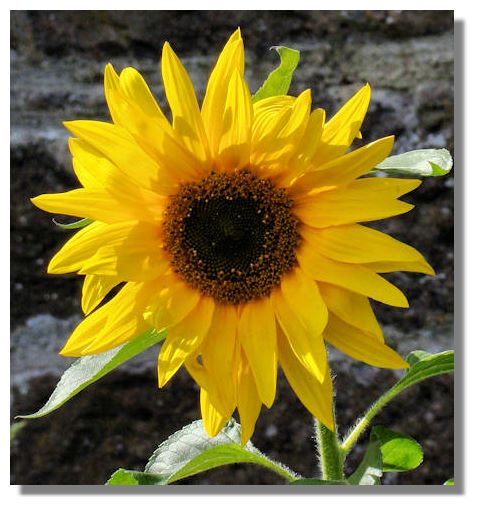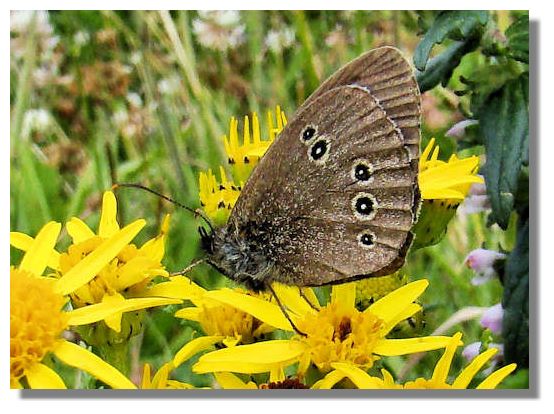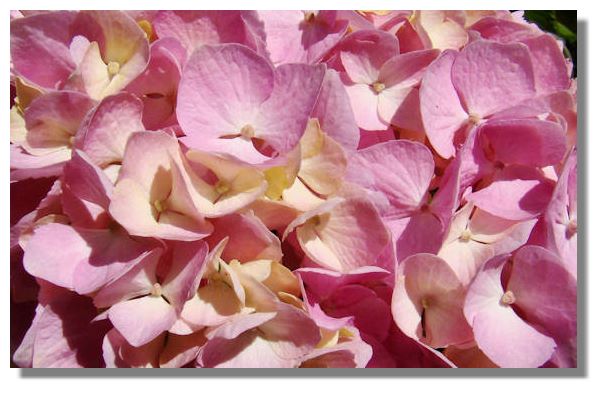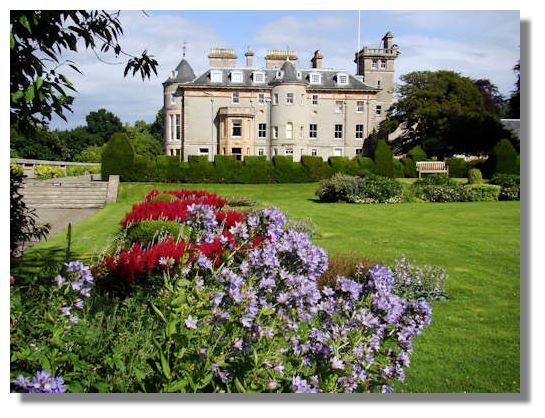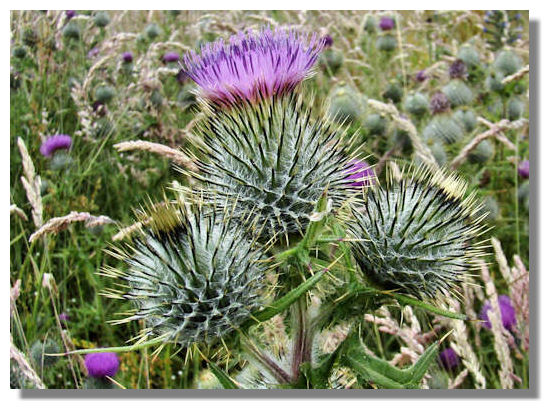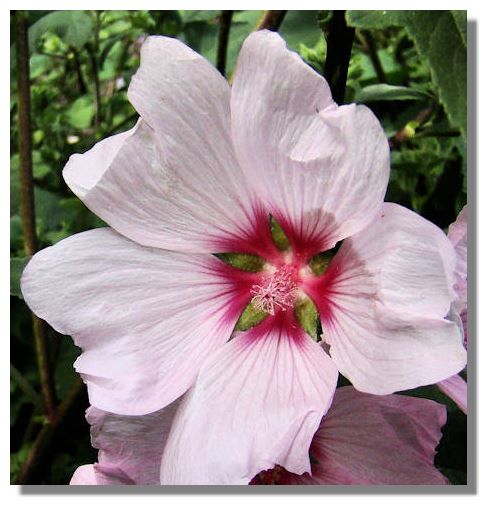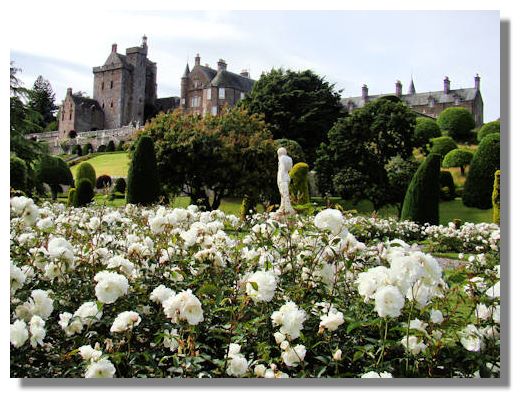The Rampant Scotland Newsletter includes a number of photographs which illustrate the weather and the seasons, plus the flora and fauna of the current week around Scotland. This separate "colour supplement" displays some more pictures, in a larger format. Here is this week's crop of Scottish views!
As summer arrived at last this week in Scotland, it seems appropriate to include a large, tall Sunflower (Helianthus). Growing to over five feet high and with flowers up to a foot across, they are attractive to bees and later the edible seeds provide food for birds such as finches.
There have been so few butterflies this year that it was a relief to see quite a number of Ringlets (seen here) and Meadow Browns enjoying the meadows and embankments at the Royal Society for the Protection of Birds (RSPB) reserve at Vane Farm near Loch Leven. The circles on the upper wings of this butterfly gave rise to its name. This particular butterfly was enjoying the yellow flowers of a wild Ragwort plant.
Hydrangeas come in all sorts of colours - white, blue, red, pink, or purple - sometimes with delicate lacecap flowers, sometimes (as here) with large mop heads. Flower colour can vary depending on whether the soil is acid or alkali.
Finlaystone House and its many flowers, on the border between Renfrewshire and Inverclyde, has appeared many times in this colour supplement. This is partly because the displays of colourful trees, shrubs and herbaceous plants are constantly changing as the seasons progress. This view shows the blue of Campanula and the fiery red of Spirea in the foreground.
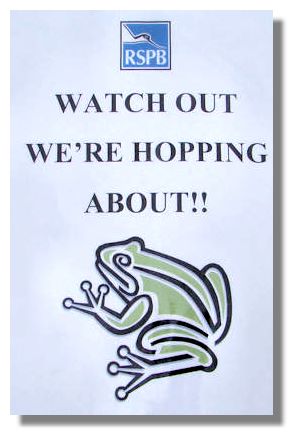
The Royal Society for the Protection of Birds (RSPB) reserve at Vane Farm not only looks after the many avian residents and visitors but also provides habitats for a wide range of plants and animals. Being near shallow water, there are plenty of frogs and toads that migrate around this time of year after emerging from the tadpole stage. They are tiny creatures and hop across access paths where they are in danger of being stepped on by visitors to the reserve. Hence the notice!
RSPB at Vane Farm has turned over a large meadow to the growing of wild flowers, to provide food for bees and butterflies as well as cover for wild birds. It is being described as the "world's first bumblebee sanctuary as it is being sponsored by the Bumblebee Conservation Trust (BBCT) and RSPB Scotland. There is a substantial number of tall thistles included in the mix - as this picture shows.
Lavatera (the Tree mallow) is a large showy plant with large flowers that come in a variety of colours, produced over a long period from mid-summer to the first frosts. Lavatera flowers are similar to Hibiscus (the Rose mallow) but Lavatera is much more suitable for the Scottish climate.
The flower beds below Drummond Castle in Perthshire are now filling with colourful blooms, each one dedicated to a particular variety of rose or antirrhinum. The white roses here make quite an impact.If you want to look back at earlier editions of this Colour Supplement, there is an Index Page
